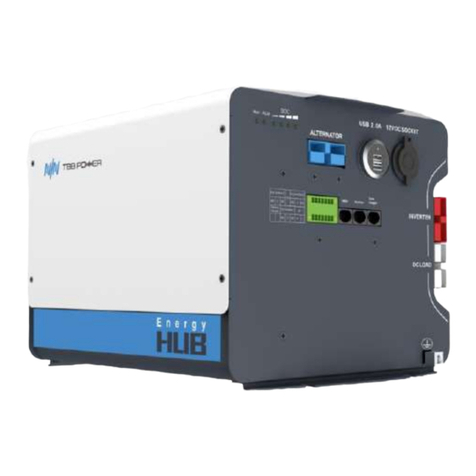
B4850 ESS Unit User Manual
ES100 ESS Unit user manual
Contents
1. Introduction.................................................................................................................................1
1.1 Brief Introduction................................................................................................................1
1.2 Product Properties .............................................................................................................1
1.3 Product identity definition...................................................................................................2
2. Product Specification ..................................................................................................................3
2.1 Size and Weight.................................................................................................................3
2.2 Performance Parameter.....................................................................................................4
2.2.1 Front Panel Interface Definition................................................................................4
2.2.2 Address ...................................................................................................................5
2.2.3 Communication Port Definition.................................................................................7
2.2.4 SOC light display and corresponding battery capacity..............................................7
2.3 Battery Management System (BMS)..................................................................................8
2.3.1 Voltage Protection....................................................................................................8
2.3.2 Current Protection....................................................................................................8
2.3.3 Temperature Protection ...........................................................................................8
2.3.4 Other Protection.......................................................................................................8
3. Installation and Configuration......................................................................................................9
3.1 Ready for installation..........................................................................................................9
3.1.1 Environmental requirements ....................................................................................9
3.1.2 Tools and data.......................................................................................................10
3.1.3 Technical preparation.............................................................................................10
3.1.4 Unpacking inspection.............................................................................................11
3.1.5 Engineering coordination .......................................................................................12
3.2 Equipment installation......................................................................................................12
3.2.1 Installation preparation...........................................................................................13
3.2.2 Mechanical installation...........................................................................................13
3.2.3 Electrical installation...............................................................................................15
4. Use, maintenance and troubleshooting.....................................................................................16
4.1 Battery system usage and operation instructions.............................................................16
4.2 Alarm description and handling ........................................................................................17
4.3 Analysis and treatment of common faults.........................................................................17
4.4 Recycle and disposal.......................................................................................................17




























